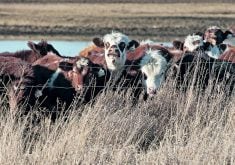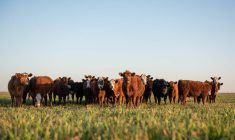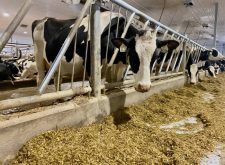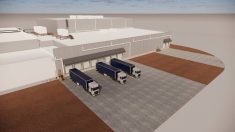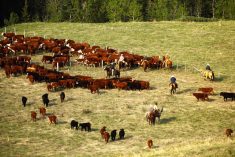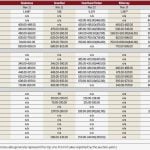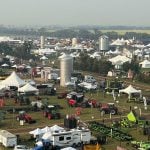It could make sense to skip the bull in a beef cattle operation, says an economist with the Western Beef Development Centre.

“Natural-service breeding is still the most common. Probably some of the hesitancy is the feeling that it is more expensive to use fixed-time artificial insemination,” Kathy Larson said during a webinar hosted by the Beef Cattle Research Council.
According to the western Canadian cow-calf survey last year, only 10 per cent of Alberta producers, 13 per cent of Manitoba producers and 14 per cent of Saskatchewan producers use artificial insemination in their beef herds.
The national beef strategy has called for a production efficiency increase of 15 per cent by 2020.
“Increased uptake of AI among commercial producers was mentioned as one way to reach that target. That’s why it’s important to chat about it,” Larson said.
Most people don’t think about the actual costs of maintaining a herd sire, Larson said.
Read Also
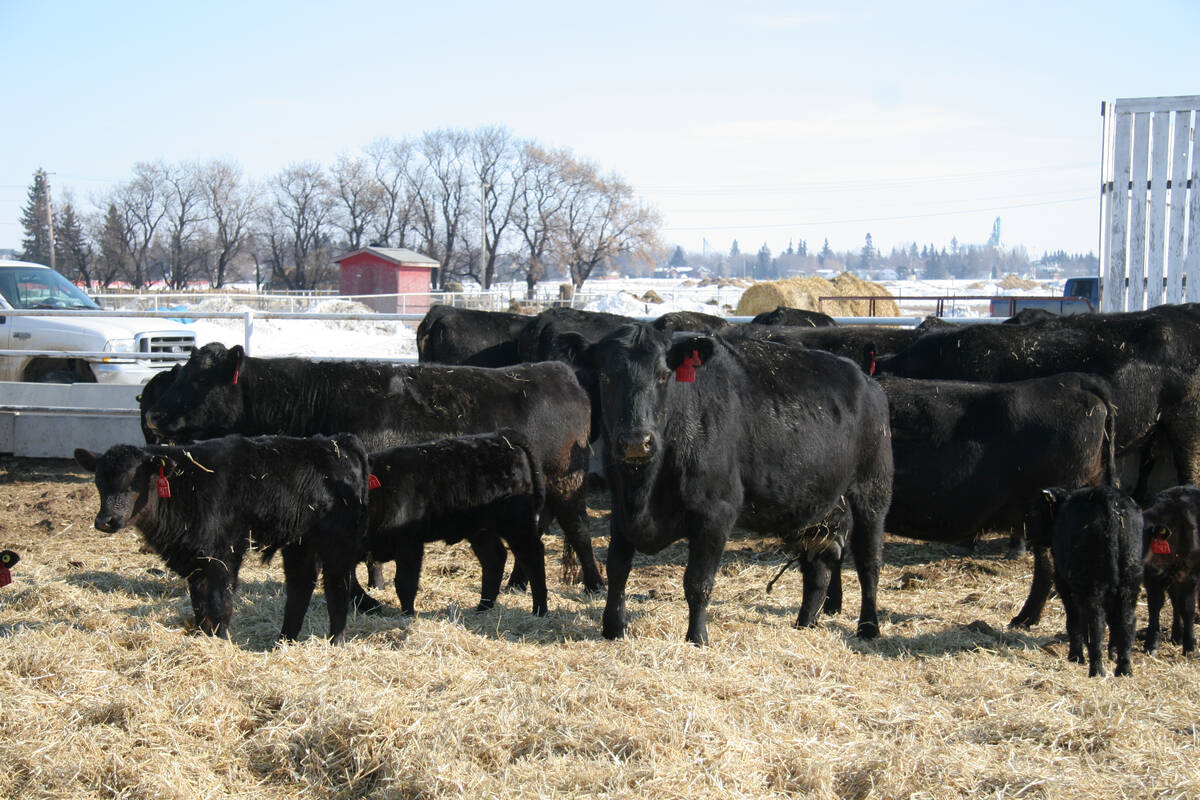
High prices, lower demand challenges producers
Large capital investments coupled with consumer demand makes for long-term planning among Canadian cattle producers
“The cost of fixed-time AI is not that much higher than natural service. If you are paying $7,500 or more for a bull, it’s only really about $10 more,” she said.
Bull prices can range widely, from $4,000 to about $10,000 and bulls are generally good for about four years. For every year that a bull is in a herd, it depreciates by about $725. General maintenance costs for one bull, including feed, labour and semen tests are about $750 a year. There’s also a risk of loss, which increases based on a purchase price. Larson calculated that a bull that costs about $7,560 costs about $3,000 a year to maintain. If that bull is servicing 25 females, the cost is about $120 per female serviced.
In 2013, Bart Lardner, senior research scientist with the Western Beef Development Centre, conducted a comparison between 40 cows bred using natural service, and 40 cows bred using fixed-time artificial insemination. Calves were born and weaned in 2014.
The natural-service cows were bred in a 60-day breeding season. The artificially inseminated cows were bred using a controlled internal drug release (CIDR) and a co-sync program. Gonadotropin-Releasing Hormone (GnRH), Cisterellin, Prostaglan, and Estrumate were administered, and a technician performed the AI. Total costs for the artificial insemination worked out to about $130 per cow.
The artificially inseminated cows had pregnancy rates of 97.5 per cent, compared with 92.5 per cent pregnancy rates for the natural-service cows. The AI cows had a shorter calving span of 64 days compared to 69 days for the natural service.
The comparison
Artificially inseminated cows had higher birth weights. There was high calf loss on the natural-service side, and 90 per cent of the AI calves weaned a calf, while only 77.5 per cent of the natural-service cows weaned calves.
While there were more weaned calves on the artificially inseminated side, they ended up a little lighter.
“This is not what you’re looking for,” said Larson. “We would tout that you’re using AI to get better genetics and higher weaning rates, but for this one-year demonstration, we did see slightly lower adjusted lower weaning weights. Given all the other improvements with the conception and wean rates, we had an additional 4,100 pounds of weaning weight or pounds of calf weaned when we weaned those calves at the start of October 2014,” she said.
That additional overall weaning weight was worth about $11,250.
Larson also conducted a partial budget analysis for the implementation of fixed-time AI. The costs of AI were about $3,300, and the revenues about $11,250. Reduced revenues included a reduced amount of cull bull sales, and fewer opens to sell. There were reduced costs because fewer bulls needed to be sold or purchased. Improved conception also meant that fewer replacements needed to be purchased, resulting in a reduced cost of $4,925. When Larson crunched the numbers, she found a net profit of $2,070 for the one-year example. This number would change depending on the year and operation.




